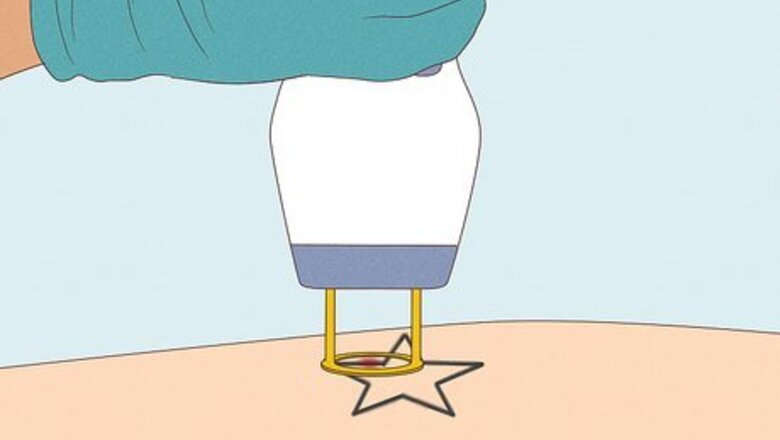
views
- There are 3 main procedures for tattoo removal: laser (which shatters the ink with short pulses), traditional excision, and dermabrasion (which sands the skin away).
- Consult a dermatologist before scheduling a tattoo removal. They’ll be able to recommend types of treatment and help you figure out costs.
- Just because stick-and-pokes are DIY doesn’t mean removals should be. “Home remedies” are ineffective, painful, and can lead to infection.
Stick-and-Poke Removal Options
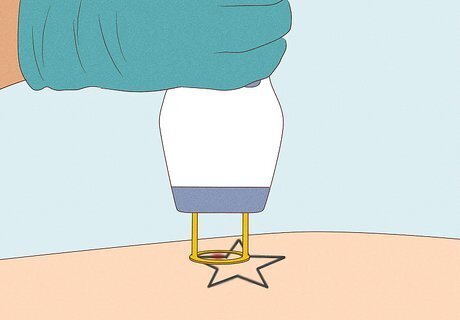
Laser Removal Laser treatment involves using a special type of laser to release small powerful pulses on the ink of your tattoo. The ink is then heated and shattered, exposing your lighter, flesh-colored skin. You’ll often be numbed with anesthetic before laser surgery making it less painful. Because of this (and the overall effectiveness, according to dermatologists), it’s usually your best option for tattoo removal. Laser surgery often requires multiple treatments (even for stick-and-pokes). This can be costly, so, if your stick-and-poke is already fading, you may want to try a different method to save time and money. Laser removal works best for larger pieces with lighter colors. While size usually isn’t an issue, blacks and dark blues tend to be harder to remove with lasers.
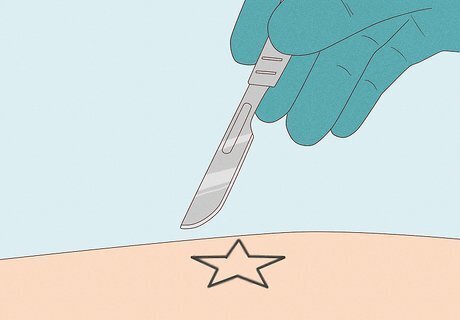
Skin Excision Surgical removal involves cutting into the skin and removing the tattooed area altogether, then sewing the remaining skin back up. While it may sound painful, anesthetic is usually applied beforehand. However, this type of removal usually leaves a scar, so, for cosmetic purposes, only select this option if your stick-and-poke is on the smaller side. Some surgeons may also inject a small acid-based solution under the skin to lift up the tattooed area before surgery. However, these injections are inconsistently effective. Be cautious if your specialist recommends this. Skin excision is usually your best option if your stick-and-poke is small or in a place that’s not usually visible.
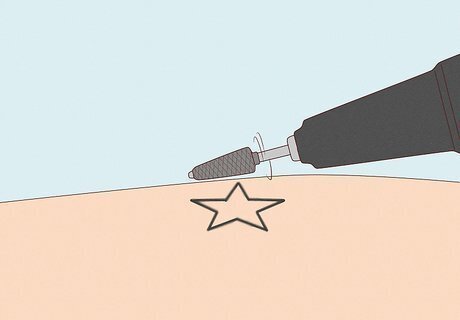
Dermabrasion Dermabrasion involves using a special rotary tool to “sand” away your outer layers of tattooed skin. While this method is usually cheaper than surgery and lasers, it’s not as consistently effective. The quality of your stick-and-poke can affect the effectiveness of dermabrasion. If your stick-and-poke was applied unevenly or left scars behind, removal may be harder. Some doctors may also use salabrasion (“sanding” away the skin with salt) to help remove your tattoo.
Stick-and-Poke Removal Process

Consult a dermatologist to see what’s safest for your skin. Find a nearby skin specialist and make an appointment with them. Once they examine your tattoo, they’ll be able to make recommendations on the easiest and most affordable option for removing your stick-and-poke. They’ll also offer you advice on which removal specialists are worth choosing and which you should stay away from. Always see a dermatologist before scheduling a tattoo removal. Getting an expert opinion is key to making sure your skin stays healthy before any procedure. Do not, under any circumstance, try to remove your stick-and-poke at home. All experts agree “home remedies” like lemon juice, aloe vera, sand, and tattoo removal cream are proven to be both ineffective and dangerous.

Make an appointment with a removal specialist to discuss your options. Once you’ve gotten a referral from your dermatologist, visit a licensed plastic surgeon, tattoo parlor, or esthetician to actually have your stick-and-poke erased. Ask how long the procedure will take and if there are any steps you need to take to prepare before the day of the removal. Even with your doctor’s recommendation, research the removal specialist beforehand. Look at user reviews and before-and-after photos to determine if their services are worth it beforehand.
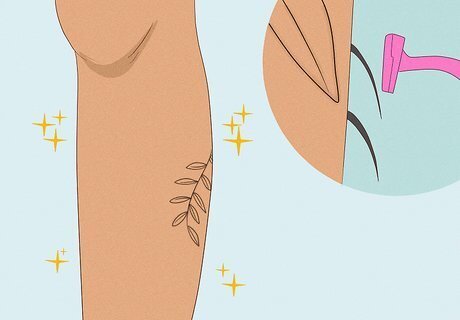
Prepare your skin to be clean and fresh for your tattoo removal. The day before your procedure, shave and clean the tattooed area with antibacterial soap so your body hairs don’t get in the way. Avoid topical creams and cosmetics on the day of your appointment, arrive on a full stomach, and drink plenty of fluids to prevent nausea and dizziness. Keep your tattoo out of the sun for 2 weeks prior to your removal session. If you need to have it exposed for any reason, cover it with a sunscreen of 50 SPF or higher.

Have the recommended procedure done on your stick-and-poke. There are 3 main types of techniques for tattoo removal that professionals use: laser, surgery, and dermabrasion. While laser removal is the most common and recommended option, since stick-and-pokes are generally smaller and less intricate, it may be easier and more cost effective to perform one of the other two. Get some pain numbing agents before the removal begins. Most doctors will provide a general anesthesia, a numbing spray, and/or sedatives before your removal begins to make each session more tolerable. If you’re allergic to anesthesia, it’s recommended that you take about 500 mg of acetaminophen roughly 90 minutes before your appointment time.
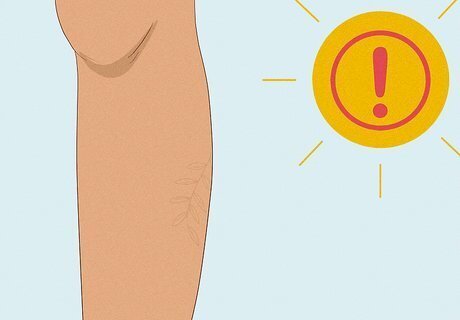
Maintain proper aftercare while the skin heals. Your skin is super sensitive after tattoo removal. Swelling and bleeding are common, so treat it with care so it can recover properly. Avoid sun exposure, wash the area daily with antibacterial soap, and apply Aquaphor or another scent-free topical ointment once every 8 hours or so. In addition: Avoid exercising and sweating for about a week after treatment. Keep the area covered in a non-stick Telfa gauze pad for at least an hour after each aquaphor application. Avoid drinking alcohol for at least 48 hours and after your appointment. Do not pick or scratch at your flaking skin. Let the scabs heal and fall away naturally. Avoid fully submerging the affected area in water (pools, hot tubs) for about 6 weeks until the wound is fully healed. Stick to showers instead of baths.
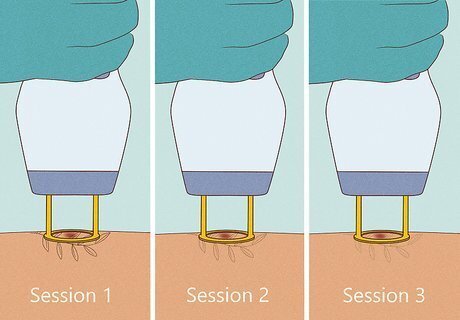
Go to multiple sessions, if necessary. Depending on the size and detail of your stick and poke, you may have to undergo multiple sessions to fully remove the ink. Wait until the skin is fully healed from your last appointment before booking another one, and maintain the same aftercare treatment after each session. Usually, tattoo removals require 6 to 10 appointments. However, stick-and-pokes tend to be less intricate so you may be able to get yours removed in 4 or less.
Risks of Removing a Tattoo Yourself
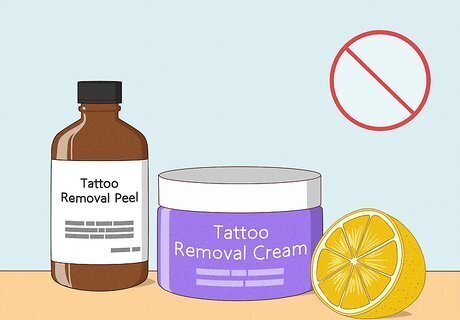
Removing a stick-and-poke at home is ineffective. Just because stick-and-pokes can be done DIY doesn’t mean their removal can. The FDA, the American Academy of Dermatology, and other healthy and safety organizations have all tested DIY tattoo removal options like ointments, creams, and natural pigmentation lighteners None have found evidence that any of them work.
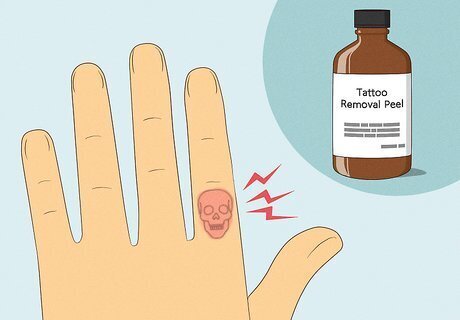
Removing a stick-and-poke at home is painful. While some home remedies are fairly mild (aloe, lemon juice), certain creams and peels contain harsh chemicals that can cause irritation, swelling, or burning on your skin. Always consult a dermatologist before applying creams to your tattooed skin, whether they’re for removal or not.
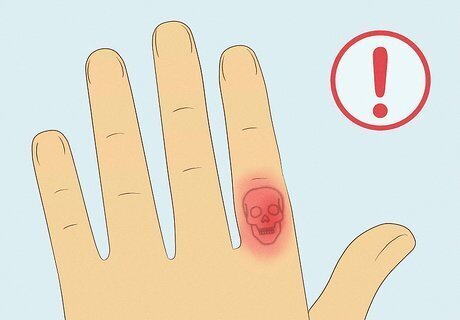
Removing a stick-and-poke at home is dangerous. At-home attempts to remove your stick-and-pokes are highly likely to cause skin irritation and other harmful reactions. They can also make your skin more susceptible to infection, which can lead to other major health complications.
Do stick-and-pokes go away on their own?
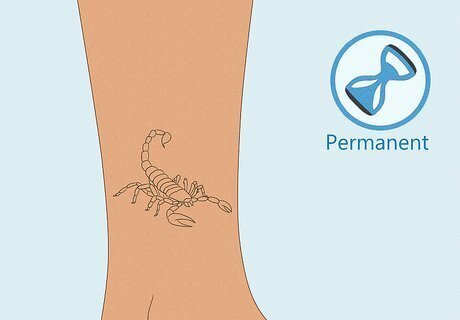
Stick-and-pokes last a lifetime, just like regular tattoos. While time may cause your stick-and-poke to fade slightly, the tattoo will remain permanently inked into your skin. The good news: your stick-and-poke will last forever if you want to keep it. However, if you want to get rid of your stick-and-poke, you’ll need to have it removed by a professional. It won’t go away on its own.
















Comments
0 comment